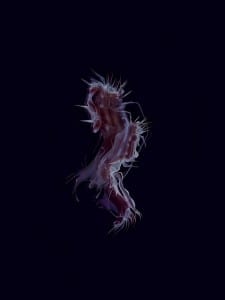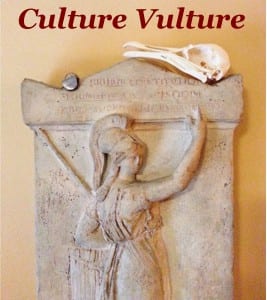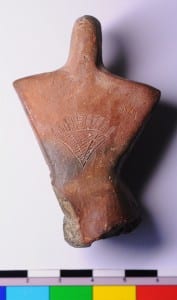Stunning prints for sale from Subnature Exhibition: Prices reduced
By Jack Ashby, on 29 October 2014
Back in May this year we opened the exhibition Subnature by the UCL Slade School of Fine Art’s Lan Lan. The highlight of the exhibition were a series of extremely high quality prints, generated by digitally manipulating photographs of sculptures the artist had created from fish bone.
The resulting images resembled at once both marine creatures and galaxies.
At the end of the exhibition the prints were offered for sale. We are now very pleased to announce that the artist has kindly allowed us to significantly reduce the prices to assist with our raising funds for our major conservation project to preserve 39 of our large skeletons, including the world’s rarest skeleton, the quagga.
Details of the sale, and images of the stunning prints can be seen on the Subnature sale website.
The prints are available for a limited time only, until 23rd December 2014.
Jack Ashby is the Manager of the Grant Museum of Zoology
 Close
Close








